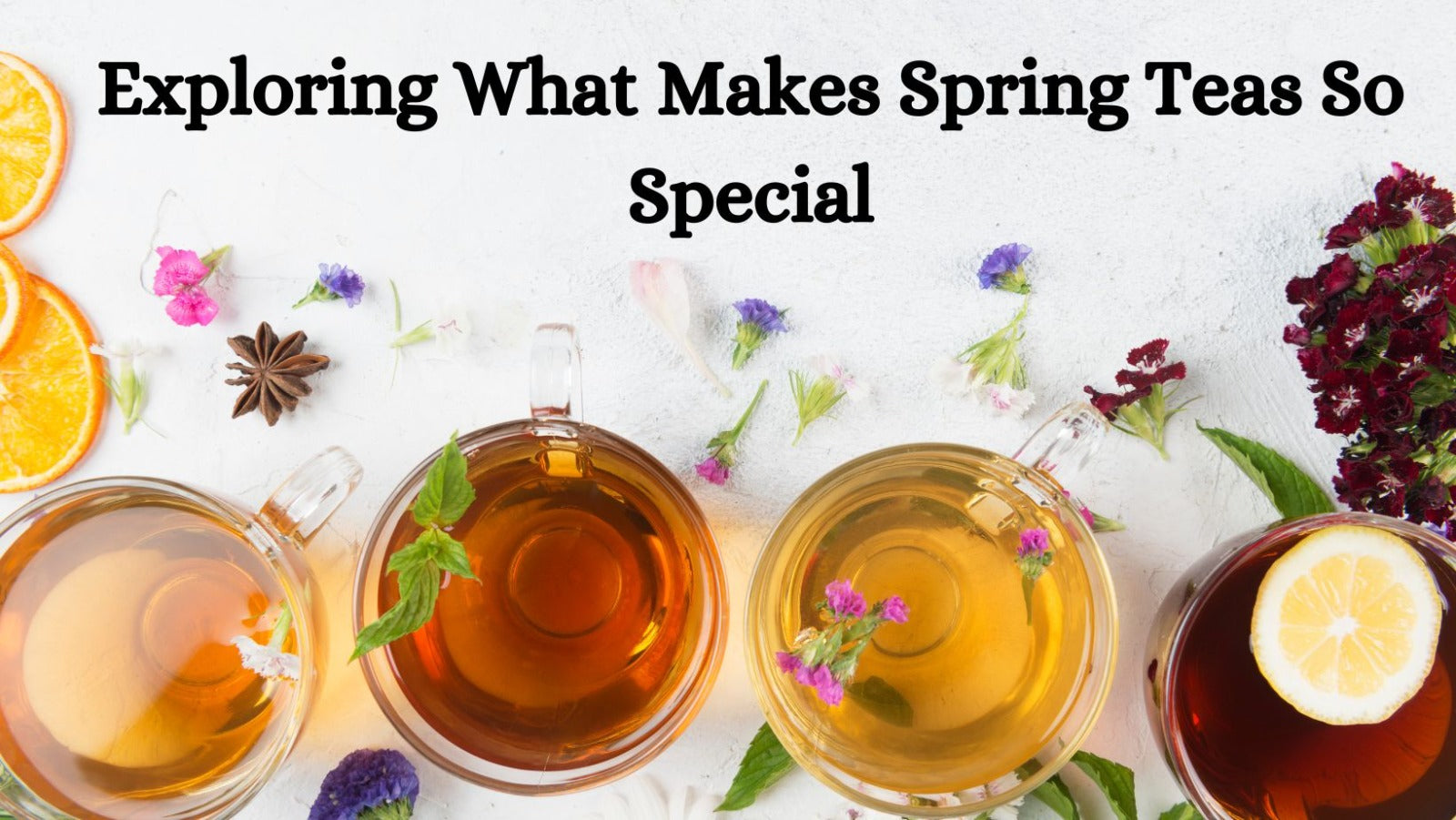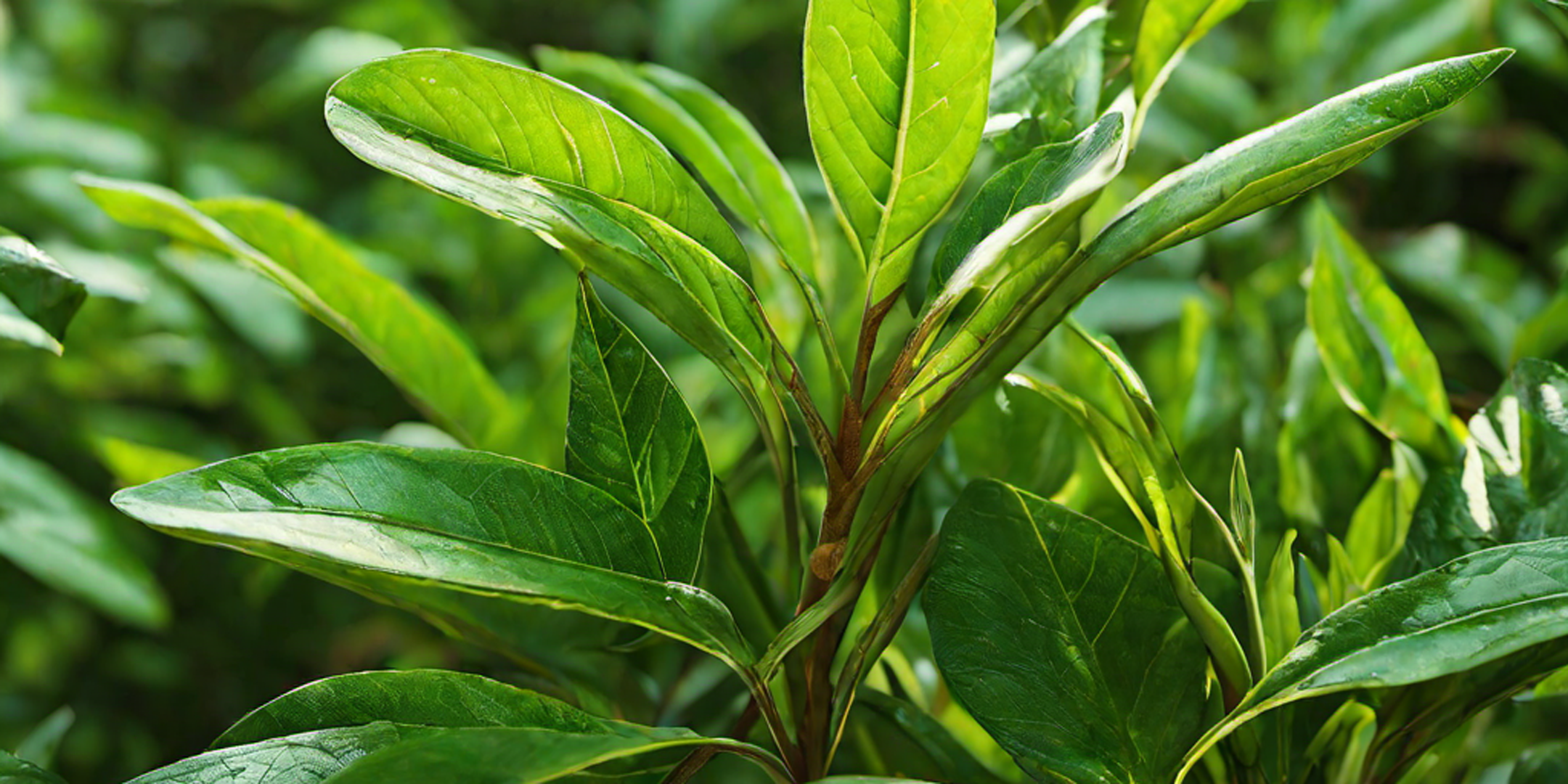If you're starting to explore the world of tea, there's a good chance you will encounter some unexpected challenges and surprises along the way. Don't worry; you're not alone. As someone who has been there, I wish I had known a few things before diving into the wonderful world of tea. That's why I've put together this guide to help you navigate your tea journey.
In this article, we'll cover the essential tips and tricks that can make a big difference in your tea-drinking experience. From knowing the proper water temperature for different types of tea to understanding the importance of steeping times, there's a lot to learn. I'll also share some insights into the various tea varieties and their unique characteristics, so you can find your perfect cup of tea.
So, whether you're a beginner or an experienced tea lover looking to expand your knowledge, this article will provide you with everything you need to know about getting the most out of your tea-drinking adventures. Let's dive in and discover the things I wish I had known when I started drinking tea.
The Different Types of Tea
Tea offers a diverse range of varieties, each boasting its unique flavor profile and traits. Understanding the different types of tea can help you choose the ones that suit your taste preferences. Here are some of the most popular types of tea:
Green Tea: Known for its fresh and grassy flavor, green tea is rich in antioxidants and is believed to have numerous health benefits. It's typically made from the unoxidized leaves of the Camellia sinensis plant.
Black Tea: Black tea undergoes full oxidation, resulting in its robust and bold flavor profile. It's the most commonly consumed type of tea worldwide and is often enjoyed with milk and sugar.
Oolong Tea: Oolong tea strikes a balance between green and black tea in terms of oxidation, offering a unique flavor profile. It has a diverse range of flavors, from floral and fruity to toasty and earthy. Oolong tea is loved for its complexity and is often enjoyed without additives.
White Tea: White tea is the least processed of all teas and is made from the youngest leaves and buds of the tea plant. It has a delicate and subtle flavor profile, with notes of sweetness and floral undertones.
Herbal Tea: Unlike other types of tea, herbal teas are not made from the Camellia sinensis plant. Instead, they are made from a variety of herbs, flowers, and fruits. Herbal teas offer a wide range of flavors and are often enjoyed for their soothing properties.
Understanding the different types of tea can help you explore and appreciate the vast world of tea. Each type has its own unique characteristics and brewing methods, so don't be afraid to experiment and find your favorites.
Understanding Tea Grades and Quality
When it comes to tea, the grade and quality can play a significant role in the taste and overall experience. Here are some key factors to consider when assessing the quality of tea:
Origin: The region where the tea is grown can greatly influence its quality. Tea from renowned regions such as Darjeeling, Assam, and Ceylon are known for their exceptional flavors.
Leaf Grade: Tea leaves are often graded based on their size and appearance. Whole-leaf teas are generally considered higher quality compared to broken or fanning grades.
Plucking Grade: The plucking grade refers to the age and size of the tea leaves. Younger leaves, known as "two leaves and a bud," are usually preferred for their delicate flavors.
Processing: The way tea is processed can also impact its quality. Handcrafted teas that undergo careful processing tend to have more complex flavors.
When shopping for tea, it's worth investing in higher-quality options to ensure a better taste and overall experience. Don't be afraid to explore different tea brands and varieties to find the ones that suit your preferences.
How to Properly Brew Tea
Brewing tea may seem like a simple process, but there are a few key factors to keep in mind to achieve the best flavor and aroma. Here are some essential tips for brewing tea:
Water Temperature: Each type of tea requires a specific water temperature to unlock its full flavor potential during brewing. Green and white teas are best brewed with water around 175°F (80°C), while black teas can be brewed with water around 200°F (93°C). Oolong teas, with their partially oxidized leaves, are best brewed with water at approximately 185°F (85°C) for optimal flavor extraction.
Steeping Time: The steeping time can greatly affect the strength and flavor of your tea. It's essential to follow the recommended steeping time for each type of tea. Generally, green and white teas require shorter steeping times of around 2-3 minutes, while black teas can be steeped for 3-5 minutes. Oolong teas may require slightly longer steeping times of 4-6 minutes.
Tea-to-Water Ratio: The ratio of tea leaves to water will also impact the strength of your brew. As a general guideline, use one teaspoon of loose tea leaves or one tea bag per cup of water. Customize the quantity based on your personal taste preferences.
By paying attention to these brewing factors, you can unlock the full flavor potential of your tea and enjoy a truly proper cup of tea.
The Health Benefits of Drinking Tea
In addition to its delightful taste, tea offers a range of potential health benefits. Here are some of the ways tea can contribute to your overall well-being:
Antioxidant Power: Tea is rich in antioxidants, which help protect the body against free radicals and oxidative stress. Antioxidants can support healthy aging and reduce the risk of chronic diseases.
Boosted Immunity: Some studies suggest that certain compounds found in tea, such as catechins in green tea, may help strengthen the immune system and protect against infections.
Heart Health: Drinking tea regularly has been linked to a lower likelihood of developing heart disease. The antioxidants and other beneficial compounds in tea may help improve cholesterol levels and support cardiovascular health.
Weight Management: Certain types of tea, such as green tea, have been linked to increased metabolism and fat burning. Incorporating tea into a balanced diet and exercise routine may aid in weight management.
Mental Well-being: The ritual of brewing and enjoying a cup of tea can have a calming effect on the mind, promoting relaxation and reducing stress. Some herbal teas, like chamomile and peppermint, are known for their soothing properties.
While tea can be a part of a healthy lifestyle, it's important to remember that individual results may vary, and it's always best to consult with a healthcare professional for personalized advice.\
Common Mistakes to Avoid When Brewing Tea
Even seasoned tea drinkers can make mistakes when it comes to brewing their favorite cup. Some common mistakes to avoid:
Using Boiling Water for Green or White Tea: Boiling water can scorch delicate green and white teas, resulting in a bitter taste. It's best to let the water cool slightly before pouring it over these teas.
Oversteeping: Leaving tea leaves in hot water for too long can result in a bitter and astringent taste. Follow the recommended steeping times to avoid oversteeping.
Using Low-Quality Water: The quality of water used for brewing tea can impact its taste. Avoid using water with strong odors or high mineral content, as it can affect the flavor of your tea.
Storing Tea Improperly: To maintain its freshness, store tea in a cool, dry spot, shielded from direct sunlight and potent odors. Exposure to air, light, and moisture can degrade the quality and flavor of tea.
By being mindful of these common mistakes, you can enhance your tea-drinking experience and enjoy the true flavors of your favorite teas.
Tea Accessories and Tools for Tea Lovers
If you're serious about tea, investing in a few essential accessories can greatly enhance your tea-drinking experience. Here are some must-have tools for tea lovers:
Teapot: A good-quality teapot allows for proper steeping and better flavor extraction. Choose a teapot that suits your personal style and brewing needs.
Infuser or Strainer: An infuser or strainer is essential for brewing loose tea leaves without any residue. There are various options available, including stainless steel infusers and mesh strainers.
Tea Cups and Mugs: Enjoying tea from a beautiful and functional tea cup or mug can elevate your tea-drinking experience. Look for options that retain heat and have comfortable handles.
Tea Timer: A tea timer can help you keep track of steeping times, ensuring that you achieve the perfect cup of tea every time.
Tea Storage Containers: Invest in airtight and light-resistant containers to store your loose tea leaves and maintain their freshness and flavor.
These accessories can make your tea rituals more enjoyable and convenient, allowing you to fully immerse yourself in the tea-drinking experience.
Exploring Different Tea Cultures Around the World
Tea is deeply rooted in various cultures around the world, each with its unique traditions and rituals. Here are some notable tea cultures worth exploring:
Japanese Tea Ceremony: The Japanese tea ceremony, known as "chanoyu" or "sado," is a highly ritualized and meditative practice that celebrates the art of tea. Matcha, a powdered green tea, is often used in this ceremony.
Chinese Tea Culture: China has a rich tea culture that spans thousands of years. From traditional tea ceremonies to regional tea varieties like pu-erh and oolong, Chinese tea culture offers a diverse and fascinating experience.
British Afternoon Tea: Afternoon tea is a quintessentially British tradition that involves enjoying tea, sandwiches, scones, and pastries. It's a delightful way to relax and socialize with friends or family.
Moroccan Mint Tea: Tea in Morocco isn't just a drink; it represents friendship and a warm welcome. Moroccan mint tea, made with green tea and fresh mint leaves, is a traditional and refreshing choice.
Exploring different tea cultures can give you a deeper appreciation for the history and significance of tea, as well as inspire you to incorporate unique tea traditions into your tea rituals.
Tips for Buying and Storing Tea
When it comes to buying and storing tea, a few considerations can help you make the most out of your tea-drinking experience. Here are some tips:
Buy from Reputable Sources: Purchase tea from trusted sources that prioritize quality and freshness. Look for brands or retailers that specialize in tea and have a good reputation.
Read Reviews and Recommendations: Before trying a new tea, read reviews and recommendations from other tea enthusiasts. This can help you discover hidden gems and avoid disappointing purchases.
Store Tea Properly: To maintain the freshness and flavor of your tea, store it in airtight containers away from direct sunlight, heat, and strong odors. Avoid storing different types of tea together, as they can absorb each other's flavors.
By following these tips, you can ensure that your tea remains fresh and delicious, even after months of storage.
Conclusion: Embracing the World of Tea
As you embark on your tea-drinking journey, remember that tea is not just a beverage; it's a rich and diverse world waiting to be explored. By understanding the different types of tea, brewing techniques, and cultural traditions, you can fully appreciate the art and enjoyment of tea.
Whether you prefer a soothing cup of herbal tea, a bold and robust black tea, or a delicate and fragrant green tea, there's a tea out there for everyone. So, take a moment to savor your next cup, and let the flavors and aromas transport you to distant lands and ancient traditions.
Embrace the world of tea, and may every sip bring you joy, relaxation, and a deeper connection to the wonderful world of tea.




